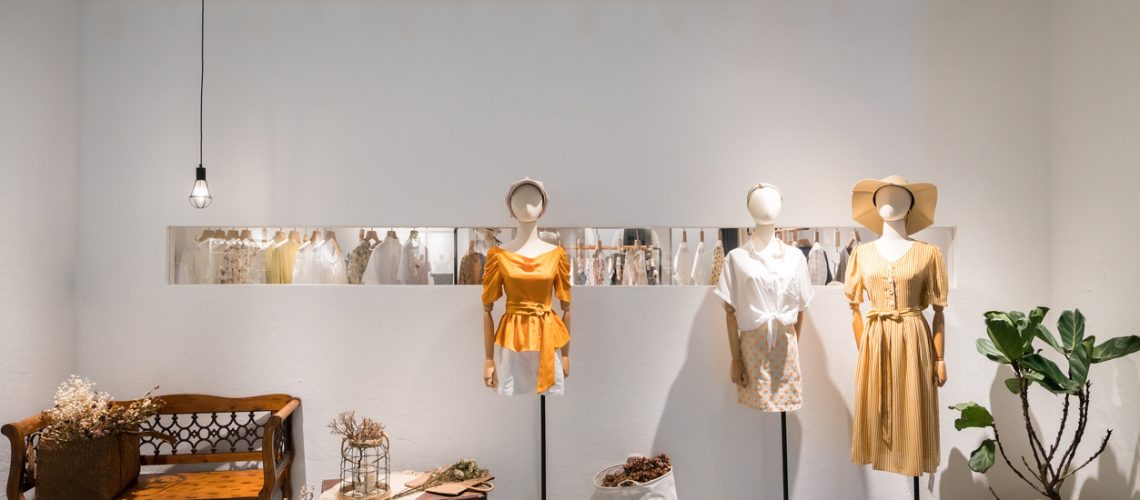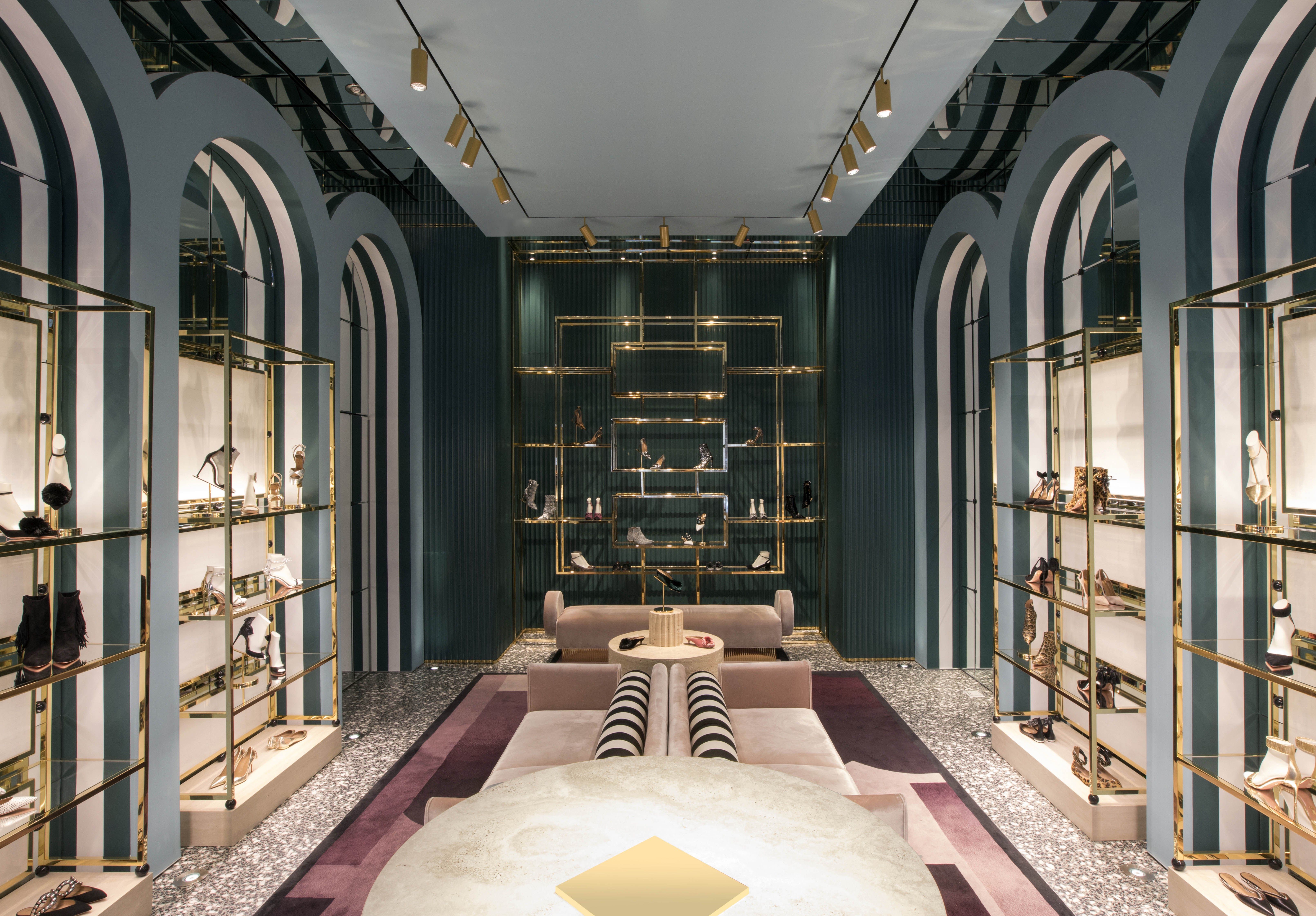The Reason Why Boutique Fashion is the Ultimate Option for Distinct Style
The Reason Why Boutique Fashion is the Ultimate Option for Distinct Style
Blog Article
A Deep Dive Into the World of High-Fashion Runways: Understanding Clothes as Art
Designers, much like skillful musicians, weave intricate narratives through shade, material, and form, challenging standard standards and redefining elegance requirements. As we check out these sartorial eyeglasses, we must consider: what function does fashion play in forming social values, and exactly how does it show the ever-changing tapestry of human feeling and identity?
The Development of Runway Reveals
The trajectory of runway programs has transformed significantly over the years, progressing from unique sector occasions to exciting eyeglasses that mix style with art. Traditionally, runway programs were intimate affairs, held in ateliers or little locations, largely participated in by purchasers and market insiders. These early discussions focused on the garments' craftsmanship and business stability, offering a straight and sensible screen of seasonal collections.
As the fashion business increased, the nature of runway programs started to alter. The 1970s and 1980s noted a transforming point, with designers seeking to identify themselves through more staged discussions. This era saw the rise of intricate collections, choreographed versions, and thematic narratives, heralding a brand-new age where the runway ended up being an experiential system. The shows transformed into a type of narration, where each collection communicated a distinct narrative or principle.
In the last few years, technology and social media sites have additionally revolutionized path shows, making them accessible to a global audience. Livestreaming and digital systems have actually equalized style, permitting fanatics worldwide to witness these occasions in real-time (boutique fashion). This development shows a more comprehensive social change, where high-fashion paths work as a dynamic intersection of style, performance, and technology
Designers as Visionary Artists
How have designers transcended their functions to become visionary artists? Designers in the high-fashion sector have actually obscured the lines in between useful garment development and the theoretical realm of art. This makeover is obvious in the means they approach their collections, not merely as clothing but as extensive expressions of feeling, culture, and identity. By embracing creative disciplines such as sculpture, paint, and progressive installations, designers craft garments that test typical style standards and raise them to art kinds.
Visionary developers attract ideas from a myriad of resources, including abstract art, historic references, and individual narratives. They possess an unique capacity to picture and materialize ideas that press the borders of conventional style, typically redefining visual standards while doing so. This imaginative ingenuity is showcased via dramatic shapes, ingenious products, and detailed workmanship, which welcome audiences to experience fashion as more than simply wearable items.
Moreover, the runway functions as a canvas for these musicians, where illumination, songs, and established design coalesce to develop immersive experiences. These presentations are not merely screens of garments yet are managed efficiencies that stimulate feeling and provoke idea, attesting the developer's function as a real artist in the modern social landscape.
Social Impacts in vogue
Social tapestry weaves its elaborate patterns into the textile of fashion, influencing designers globally. The vibrant interchange of cultural stories, traditions, and signs educates and motivates collections that grace high-fashion paths. Designers diligently attract from their heritage or involve with societies distinctive from their own, crafting garments that work read more as aesthetic narratives. This social dialogue not just enriches the aesthetic diversity however additionally cultivates a much deeper understanding and recognition of worldwide identities.
The influence of culture on fashion is usually seen in the reinterpretation of traditional garments and patterns. As an example, the usage of Japanese bathrobes, Indian saris, or African prints in contemporary fashion shows a blend of social credibility and contemporary visual appeals. Developers such as Valentino's Pierpaolo Piccioli and Alexander McQueen's Sarah Burton have been known to integrate rich cultural concepts into their couture collections, equating history into wearable art.

Technology in Fabric and Layout
Technology in textile and style constantly improves the landscape of high-fashion, pressing borders and redefining possibilities. Developers are significantly exploring the integration of innovation, such as 3D printing, which enables for the production of complicated structures that were formerly inconceivable.
Furthermore, sustainability has become a pivotal theme in fabric technology. The garment industry is seeing a rise in the use of green materials, stemmed from recycled plastics, natural fibers, and even naturally degradable parts. These technologies not just provide new textures and looks however additionally address vital ecological issues. Designers are embracing these materials to craft garments that are both aesthetically striking and conscious of their eco-friendly impact.
In terms of style, speculative kinds and avant-garde silhouettes are continually revolutionizing the path. By including sophisticated methods and non-traditional materials, designers cultivate garments that blur the line between my latest blog post fashion and art, establishing new criteria for creative thinking and expression in the high-fashion ball.
Influence of Style on Culture
Fashion possesses a profound influence on culture, working as both a reflection of social identification and a catalyst for social modification. With its evolution, fashion has mirrored social changes, encapsulating the zeitgeist of different periods. The flapper outfits of the 1920s personified a newfound feeling of females's freedom, while the vibrant prints of the 1960s echoed the cutting edge spirit of the time. High-fashion paths, particularly, function as platforms for difficult norms and redefining charm requirements. Developers use these venues to attend to pressing social problems, from sustainability to diversity, thus forming public discussion.
Furthermore, style has the power to bridge cultural spaces, promoting understanding and check my site recognition amongst diverse groups. As globalisation accelerates, the cross-cultural exchange of style ideas ends up being significantly considerable, promoting inclusivity and diversity. The increase of streetwear, originating from urban subcultures, shows just how fashion can transcend socio-economic boundaries, providing people a means of self-expression and empowerment.
In essence, style is not just about aesthetic appeals; it is a dynamic pressure that affects worths, mindsets, and social development (boutique fashion). By continually interacting with social and social currents, style continues to be an essential component of the cumulative human experience

Conclusion
Developers, similar to visionary artists, orchestrate collections that mirror identification, emotion, and social stories, challenging traditional looks. This intersection of fashion and creativity not just captivates audiences worldwide yet likewise influences social assumptions and promotes a much deeper gratitude for cultural diversity.

Social tapestry weaves its complex patterns right into the textile of style, affecting designers globally.Fashion possesses a profound influence on culture, serving as both a representation of cultural identity and a stimulant for social adjustment.
Report this page